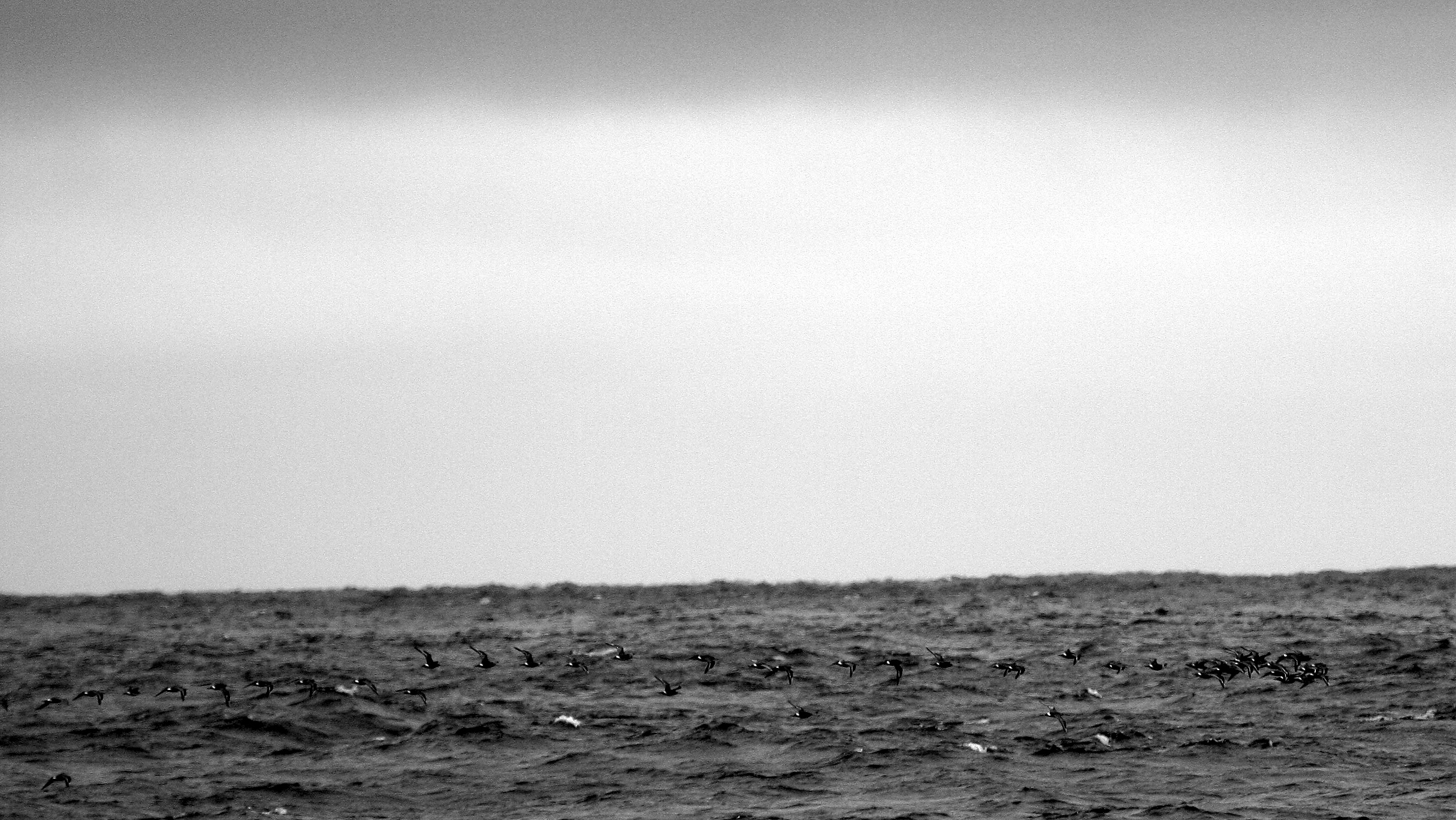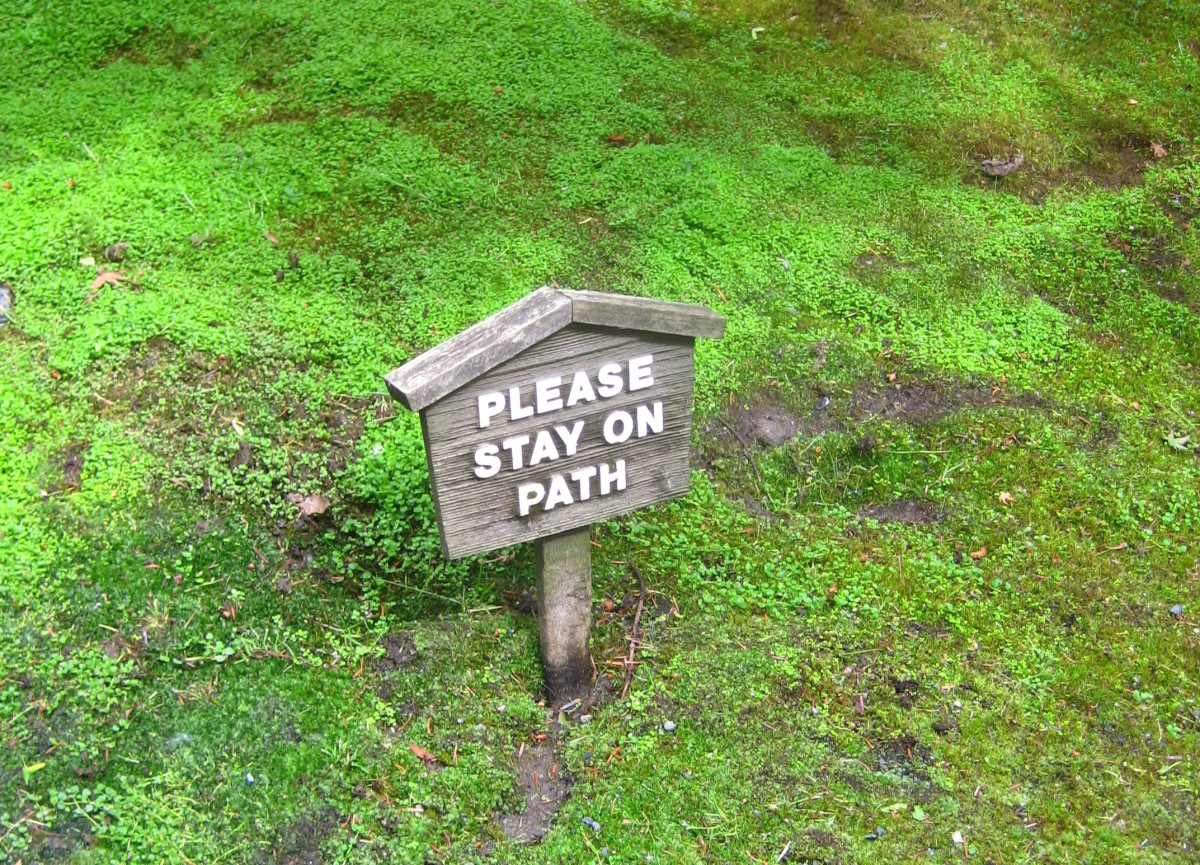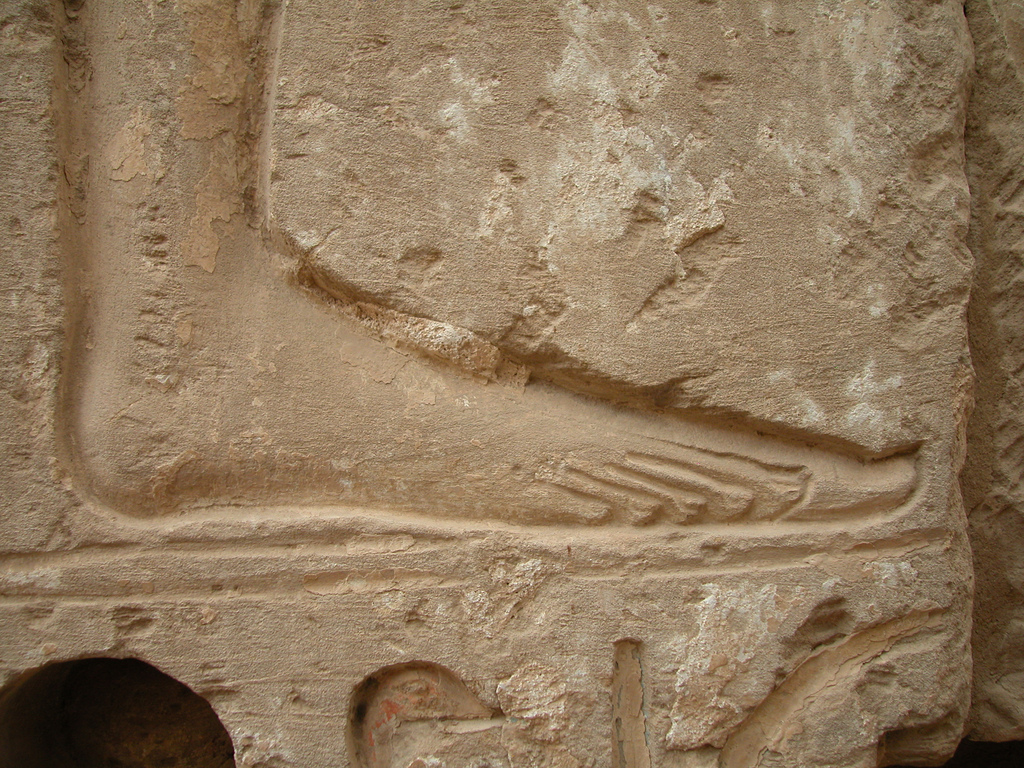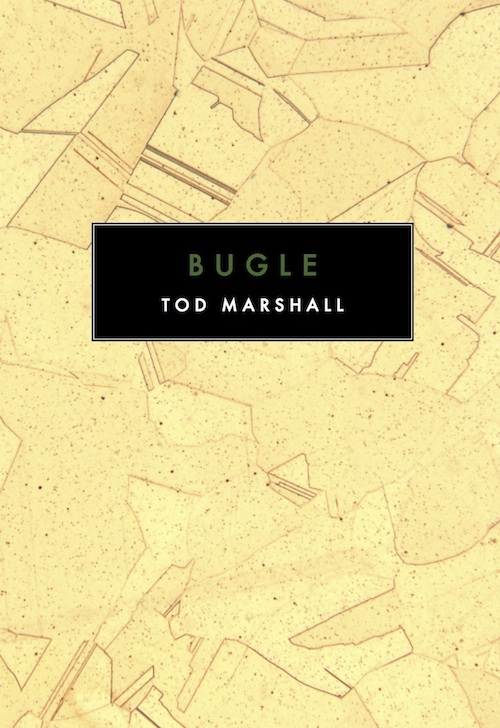Margaret Ross: “Godwits Migrating”
The other day, I got a phone call from M. He told me what he was doing: “I just did a sketch of the hospital sailing.” “Sailing?” “The sailing, yea.” I remembered a waiting room with a pastel marina nailed to its windowless wall. “Like boats?” “C-E-I-L-I-N-G. Sailing.” Sarah Kane’s play “Blasted” is set start to end in a hotel room. Halfway through, there’s knocking on the door. Instead of opening the door, the person inside knocks back. Two knocks. Then two knocks from outside. Then three from inside. Then three from outside. When the door finally opens, there’s a war going on. The room changes shape: a wall crumbles, a body’s buried in the floor. I wrote this poem after hearing “windows” are cut into cows to study their live-action insides. Between studies, the cuts get plugged with rubber stoppers and the cows, now “window cows,” go about business as usual. The image of a herd of them grazing seems as sad as it does portentous, like all contemporary redesigns of what was once called the natural world. Something knocks …







